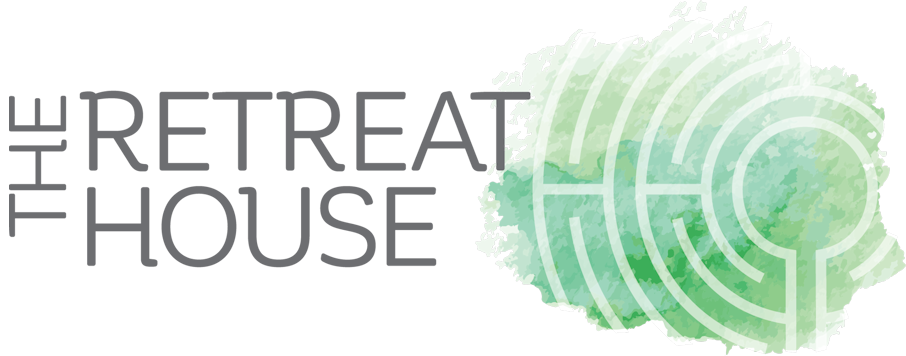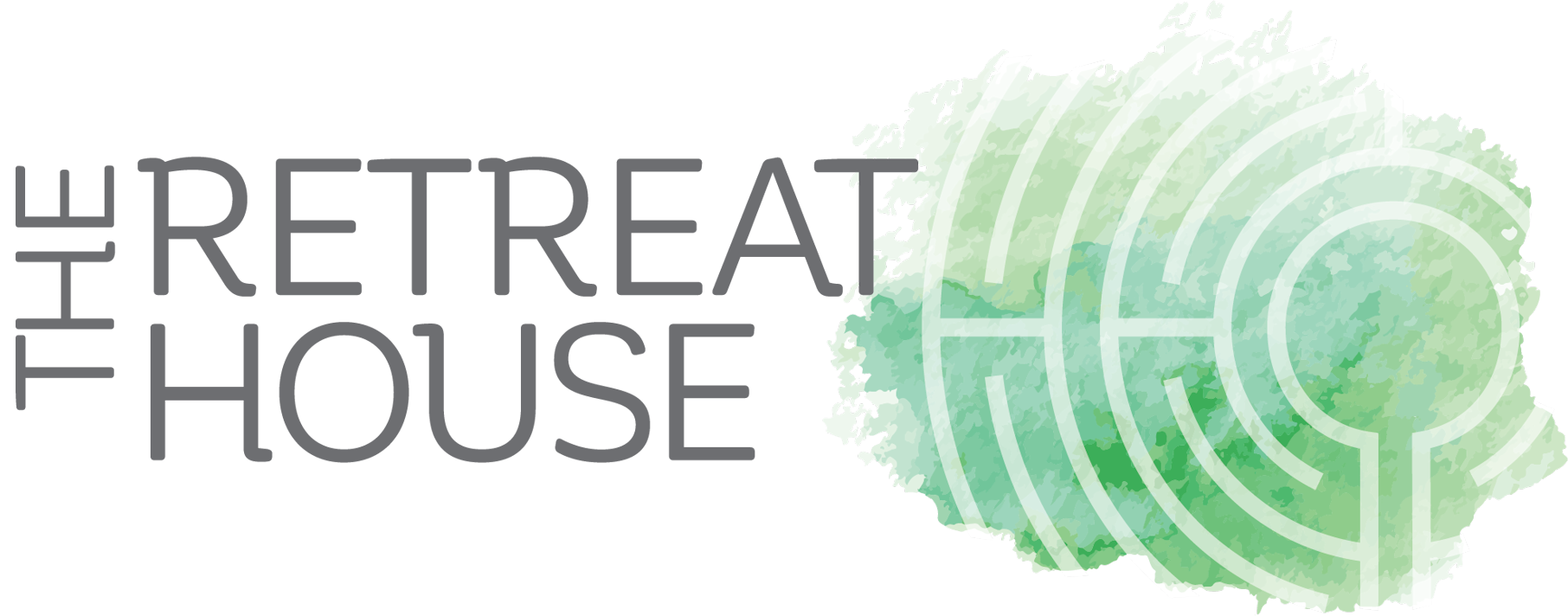By Heather Strang
An invitation to ask
“what work is for me to do?”
Recently I saw a photograph of a young white man in his twenties sitting on the curb outside his urban apartment as he painted a sign that read: Listen – Empathize – Act followed by #blacklivesmatter. I spoke to him and asked, “tell me more about that sign.” And he replied with wisdom, “you have to engage in a person’s life to begin to have empathy together, and that starts with listening.” This young man’s wisdom became my invitation to discover how listening with an empathic heart is the precursor to action that matters in my own life.
His words prompted me to listen quietly to my own heart and wonder about what moments in my life called for the kind of compassion where I might ‘walk in another’s shoes’, especially at this time. Perhaps looking inside was the first step and this scripture came to mind:
The harvest is plentiful, but the laborers are few;
therefore ask the Lord of the harvest
to send out laborers into his harvest.” Mark 9:37-38
I returned to stillness and wondered – where am I part of the labor and where am I part of the harvest? The story below came from this curiosity and wondering, even with all of its unanswered parts. I asked “what work is for me to do?”
When George Floyd was murdered last month, on May 25, my heart broke with an awareness of the agony of thousands of lynchings in this country, some documented and many forgotten, and the bystanders who watched. Surely George Floyd’s last cry and gasp for mercy broke open a torrent of pain through his family and throughout the world. In quiet I remembered that one of his daughters is but 6 years old and I paused to pray for her and all the children who live in this grief. This prayer has taken root in my work in the month since Mr. Floyd’s death, even as such a rending of the heart is not mine alone.
I continued to wonder how I could enter into the mercy and healing that is so much needed. I prayed “what is my part in this healing?” No longer was it enough to pray “for” these struggles. It has become clear that entering into the healing calls for empathy, and from this work of the heart, more labor must follow that involves personal engagement. I prayed: “send me out into your harvest and give me work to do.” Such an invitation is not easy to hold, whether in solitude or in communion. This listening often invites digging that cannot be avoided and that digging takes time and patience.
As I paused and reflected on my life, a memory arose of one day in 1968. How could my heart see this memory with empathy, from 50 years ago? Surely the people are no longer nearby, yet somehow opening to it might prepare me for other moments in the days to come. Much like today, 1968 was a year of great loss for many families across our country. Smithsonian Magazine called it the “year that shattered America.” While my family felt the shock waves of our neighbor being shot down over Vietnam, and others grieved loved ones killed in the war, much of the country watched television while holding on to some kind of hope in a moon landing. Meanwhile families stood up and showed up for civil rights, protesting and risking their lives, all while mourning loved ones lost to the same violence we see today. In every home, a prayer of nonviolent strength together rang across the country, the dream of the Rev. Martin Luther King Jr. Then he was shot and killed. If that wasn’t enough, Bobby Kennedy was killed soon after.
I was just twelve and it was the first day of middle school. Knowing no one, I made it through the long bus ride from our neighborhood of trimmed lawns and transplanted military families all the way to the lunch hour. I put my tray down on the condiment table only a moment before another girl placed her tray down next to mine. In my memory of this moment, all at once her tray crashed to the floor ruining her lunch with a bang. I looked up to see Mary, an African American girl from my soon-to-be 7th grade class. In my bubble, I believed I hadn’t touched her tray, but quickly outrage and excitement seemed to sweep through that cafeteria, sliding back chairs and tables and creating a space between the two of us. There we were and I was as stunned as she was upset. Surgically we were removed to the principal’s office, asked to state our side of the story, and ushered back to class without even hearing our names or the principal’s name. Sadly there was no empathy shared in that moment and we never spoke again, not in middle school, not in high school. It is not lost on me that this moment of tension remained frozen in my memory until now. And I have wondered how race played a role in the treatment of our situation and in its sticking with me. As I embark now to ask the question, “what work is for me to do,” I know exploring this memory is part of the ongoing journey of understanding toward empathy.
Only upon reflection and inquiry did I learn that the neighborhood just steps from our school was a village purchased by a freed slave of George Washington’s family and created as a sanctuary for other freed slaves. Just three years prior in 1965, the community elementary school closed for desegregation and children in the neighborhood were bussed out. I realized the many different schools Mary must have entered – from walking with friends each day to her home school, to being bussed away as part of desegregating to another school, and now to joining a middle school where she was one of only a few. How hard it must have been to transition and settle into so many new places. In part I felt this as a military child and yet I know that I was never one of only a few.
As I reflected, I didn’t remember being hungry that afternoon after not eating and wondered if Mary had been after her lunch fell to the ground. With my teacher’s lens on now decades later, for the first time I longed for Mary to hear tender, caring words from the adults present, like, “are you ok?” or even, “let’s get you a new lunch.” Also from my teacher’s view, I could understand the principal’s efforts to try and keep peace by avoiding conflict and vulnerability, especially on this first day, especially in the year 1968. As a mother, I know the soothing comfort of calling another by their name and I saw that this was missing. While I learned her name later, for this writing and with respect for privacy, I have called her ‘Mary’ and I regret that we never got to know one another. Looking back, it was a moment void of empathy for two little girls not yet teens and two hearts that might have been welcomed into a safe space and seeded with respect and care for one another. Not until laboring with this memory did I realize that while it stuck with me as a single moment of confusion and tension, it may have been one of more like this for Mary. I noticed that the space formed between us was a reflection of Mary’s friends standing up with her, and that in her upset, she was not alone. I wonder now if I can ever understand what this moment was really like for her.
This invitation and prayer will continue for me:
Send me out into your harvest and give me work to do.
It is a reminder that the work begins with listening, and also looking inward, and that reflecting on discomfort can be a seed for more inquiry, more understanding of the heart, and more empathy. While I cannot change this situation from so long ago, I can acknowledge that my storing it away kept me from bearing witness and, even as a child, put me in the pattern of a bystander. My prayer is that this moment can continue to show me what bearing witness means.
The listening has to begin and has to continue. Perhaps you too have a story that invites reflection and the work of the heart. You too might be thinking and praying, “what work is for me to do?”
This summer, consider joining with others who are feeling the nudge to understand in a new way what our unique part in the healing of our country might be, and to labor with awareness and compassion toward the harvest.
See you there!
See more information about Pilgrimage to Empathy.



Leave a Reply
You must be logged in to post a comment.